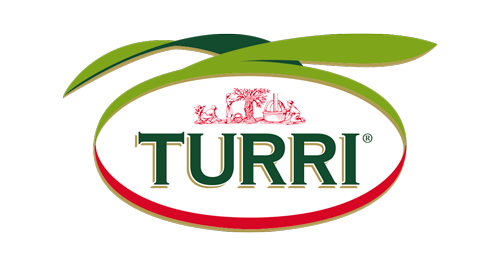The quality of oil depends on the integrity of the olives used for the process. In other words, this means that olives must remain intact until they are crushed. Ideally, their cell structure should not be damaged. In squashed, bruised olives, or even worse, ones with signs of frostbite and olive fruit damage, the broken cells of the pulp trigger the onset of hydrolysis and oxidative processes in the oil. The consequence is an increased level of free acidity brought about by the release of fatty acids from the triglycerides present in the oil.
Other enzymatic processes can also take place. Oxidative and fermentation processes may occur, caused by the bacteria, yeasts and moulds found on the surface of the olives. These biochemical reactions can cause severe organoleptic defects such as a musty smell, rancid flavour, winey-vinegary aromas and fustiness, with detrimental effects on the quality of the end product. The variety and ripeness of the olives are also important factors in determining the organoleptic and nutritional features of the oil.


